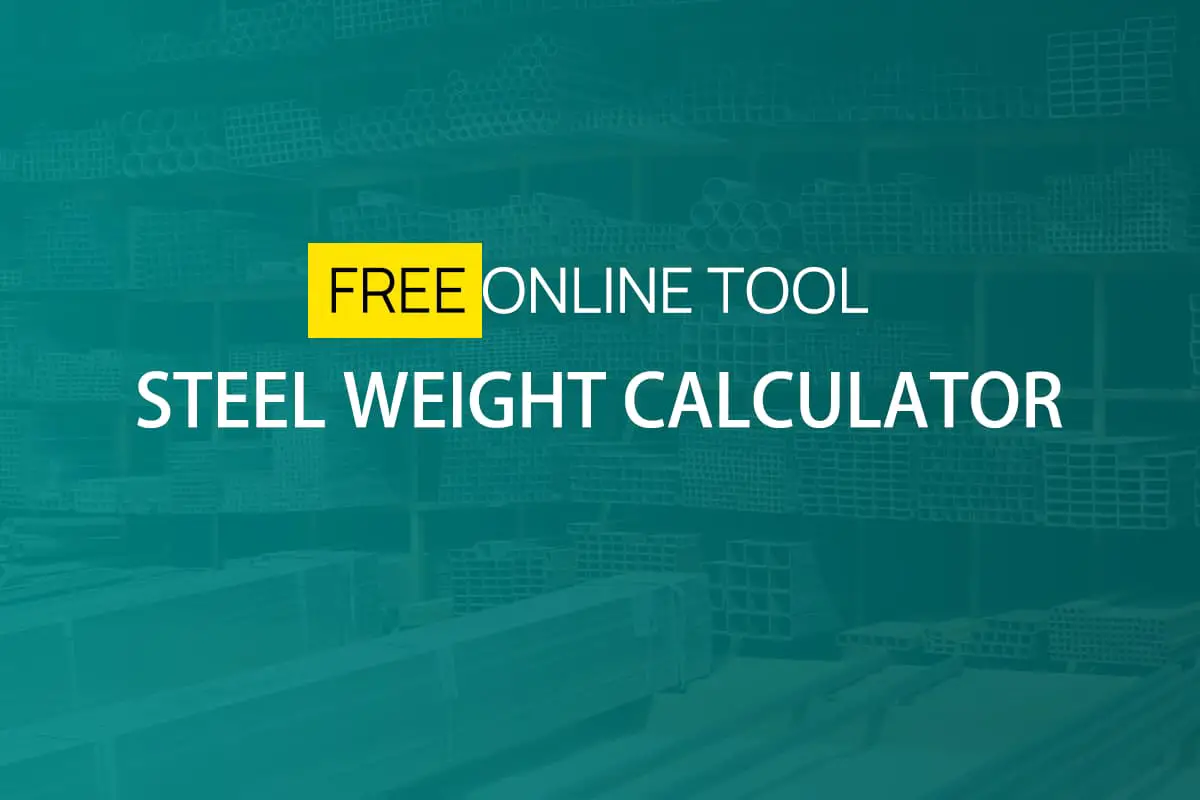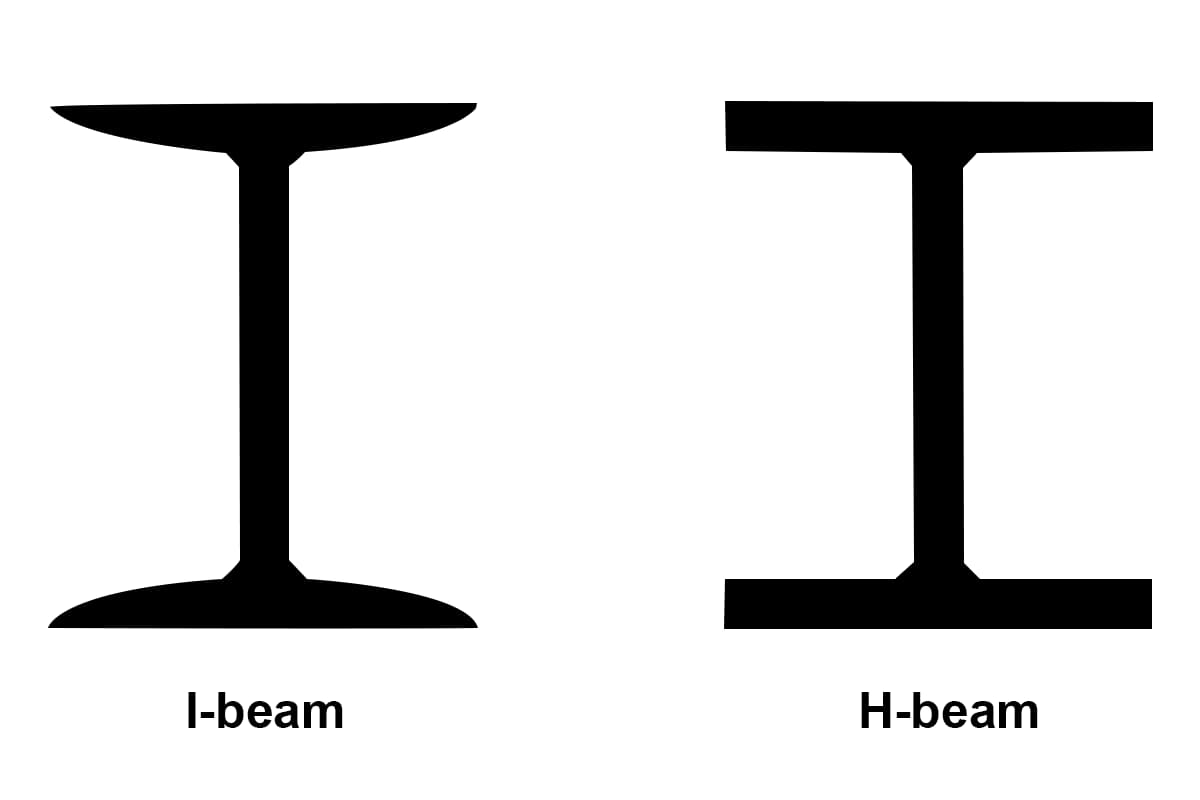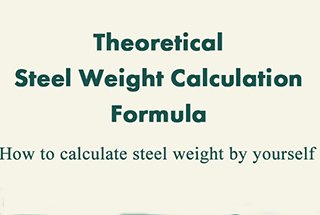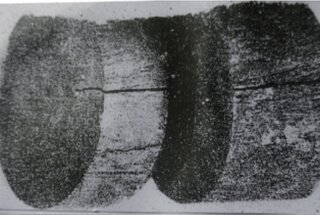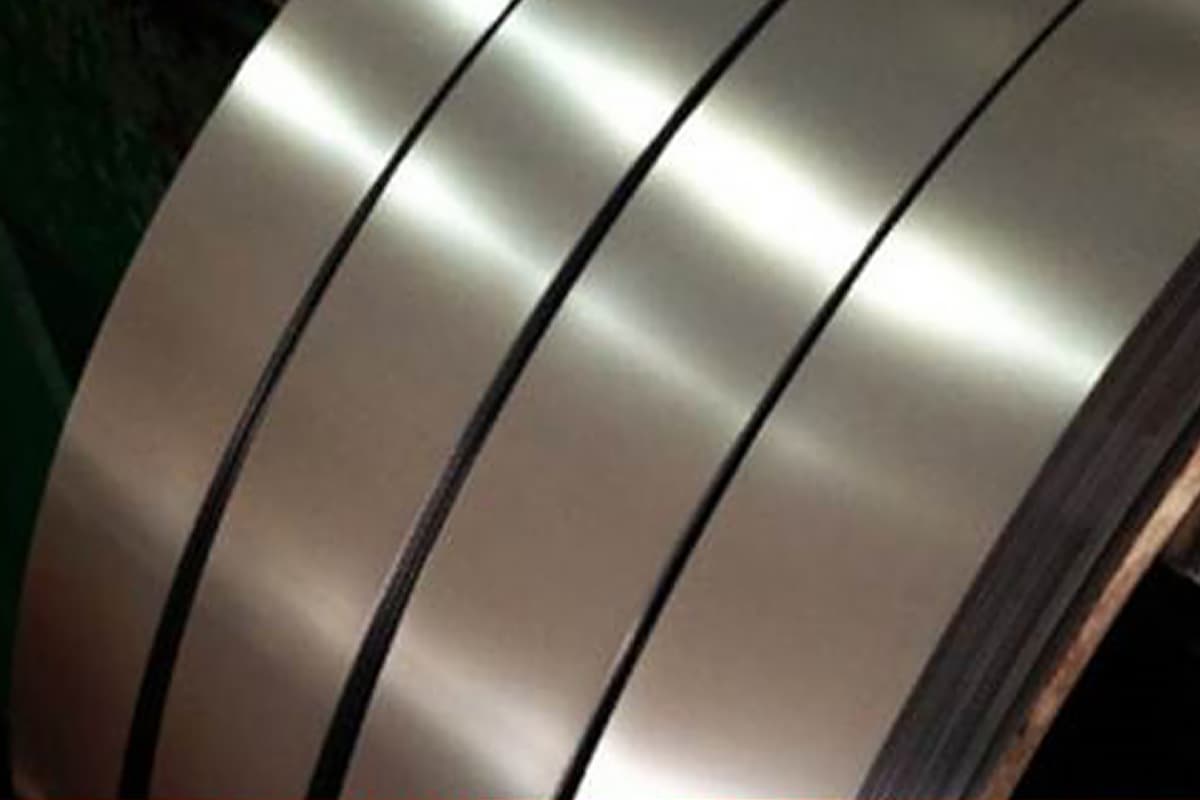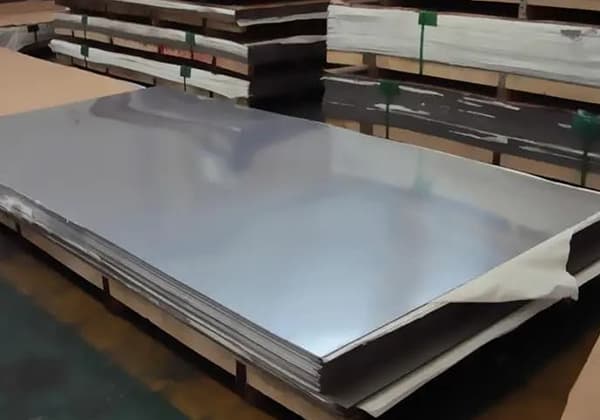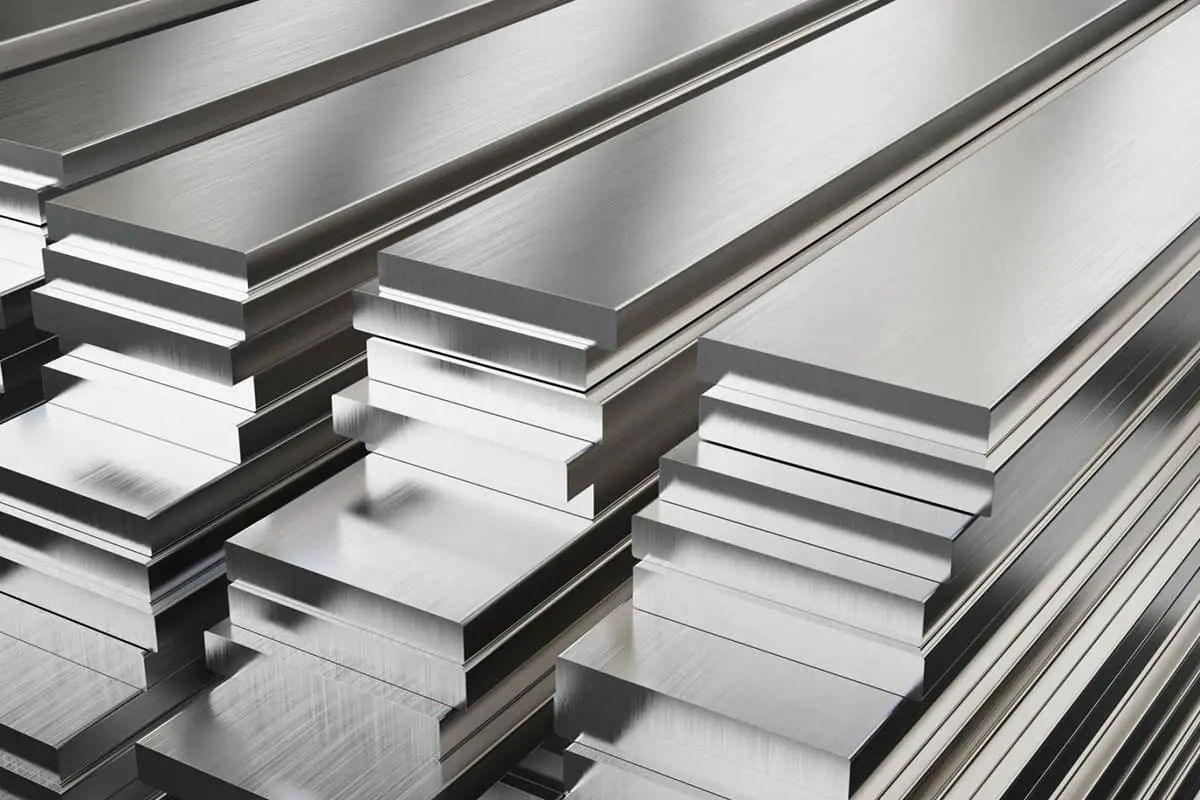
What factors determine the cost of steel beams, and how can you navigate them for your construction projects? This article delves into the various elements affecting steel beam prices, such as material type, market demand, and transportation costs. You’ll learn about different beam types, their advantages, and practical tips for purchasing steel beams. Whether you’re managing a large-scale construction project or a small renovation, understanding these factors will help you make informed decisions and optimize your budget.
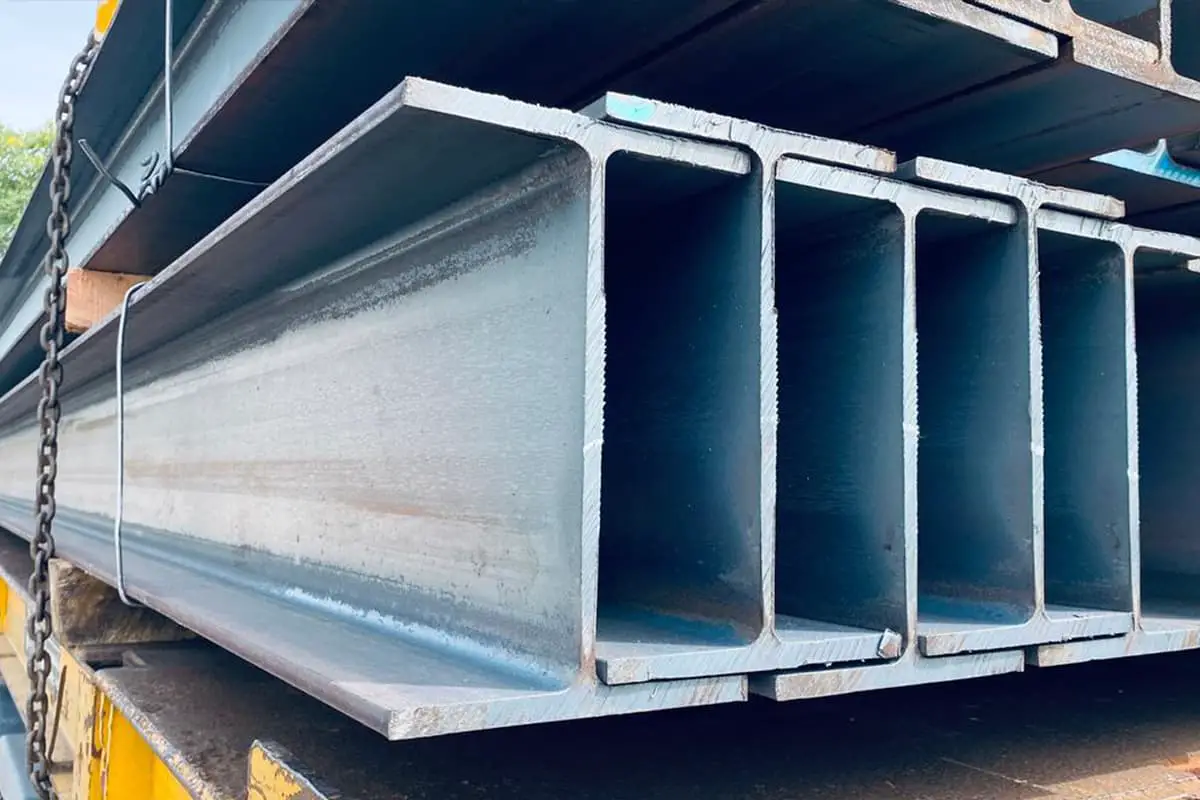

In the modern era of advanced construction technology, the demands placed on building materials have become increasingly stringent. The evolution of construction materials has seen significant reforms and innovations, progressing from ancient materials like stone and wood to today’s high-performance options.
Steel has emerged as one of the most versatile and widely used building materials, with numerous specialized alloys developed to meet specific construction requirements. Among these, steel beams stand out as a critical component, offering unparalleled flexibility and performance across various building types and structural applications.
The importance of steel beams in construction cannot be overstated, as they provide numerous advantages that contribute significantly to the integrity, efficiency, and versatility of modern structures. Their unique properties make them indispensable in both residential and commercial construction projects.
When compared to other structural materials, steel beams exhibit superior performance in managing diverse load conditions. They excel in resisting bending forces, supporting substantial pressure loads, and handling eccentric loads with remarkable efficiency. This versatility allows engineers and architects to design more complex and innovative structures while ensuring optimal safety and stability.
Key advantages of steel beams include:
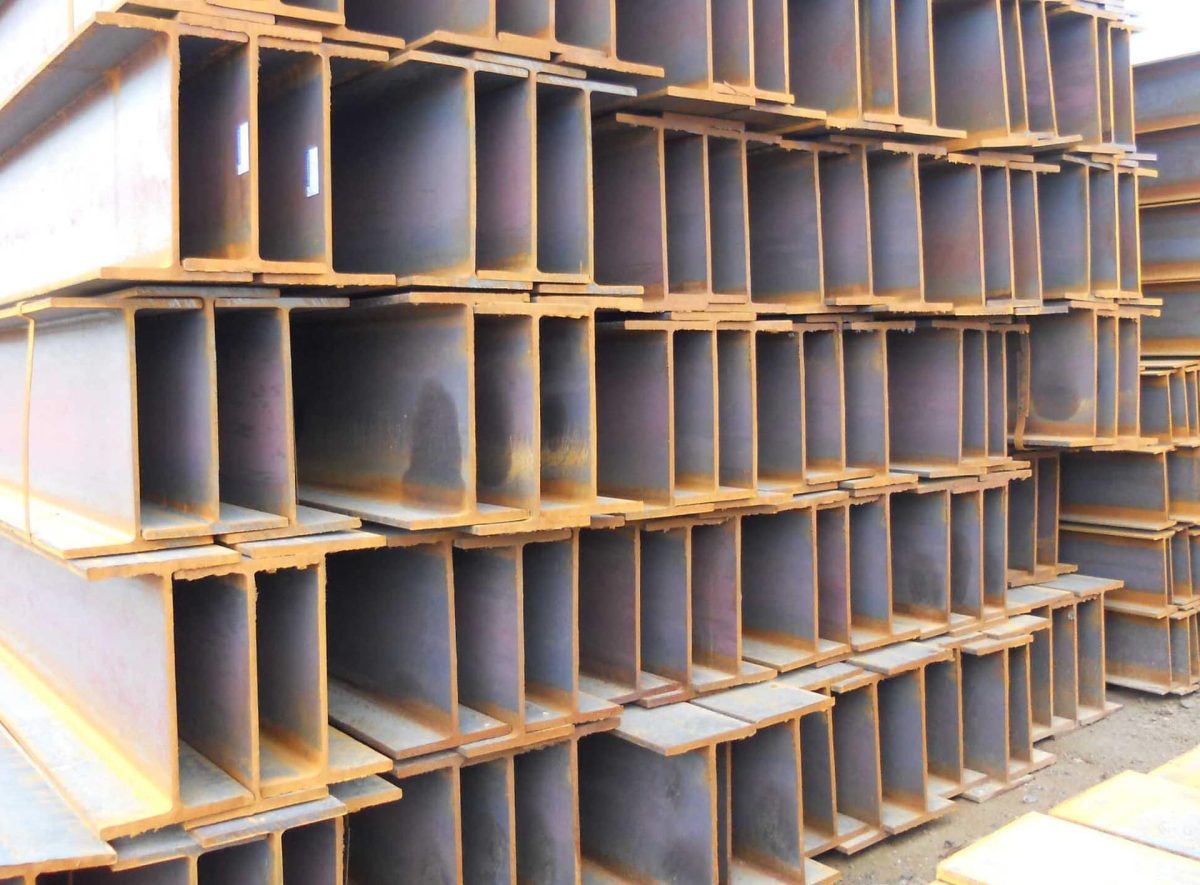
1. I-Beams
I-beams, also known as universal beams, are long steel bars with a cross-section in the shape of an “I”. They come in two types: ordinary I-beams and light-duty I-beams.
I-beams are a type of steel beam with a cross-sectional shape that resembles the letter “I.
2. H-Beams
H-beam is an economic and efficient type of section steel with a more optimized distribution of sectional area and a more reasonable strength-to-weight ratio.
It is named after its cross-section, which resembles the letter “H” in English.
Because all parts of the H-beam are arranged at right angles, it has strong bending resistance in all directions, simple construction, cost savings, and light structural weight, making it widely used.
Related reading: H-Beam vs I-Beam Steel
3. Channels
Channel steel is a long steel bar with a cross-section in the shape of a groove.
It belongs to carbon structural steel used for construction and mechanical purposes and is a type of complex section steel with a cross-sectional shape in the form of a groove.
Channel steel is mainly used for building structures, curtain wall engineering, machinery and equipment manufacturing, and vehicle production.
4. Angles
Angle steel, commonly known as angle iron, is a long steel bar with an angled cross-section on both sides that are perpendicular to each other.
It can be divided into equal-sided angle steel and unequal-sided angle steel. The two sides of equal-sided angle steel have the same width.
Angle steel can be used to form various load-bearing components according to different structural needs, and can also be used as connecting pieces between components.
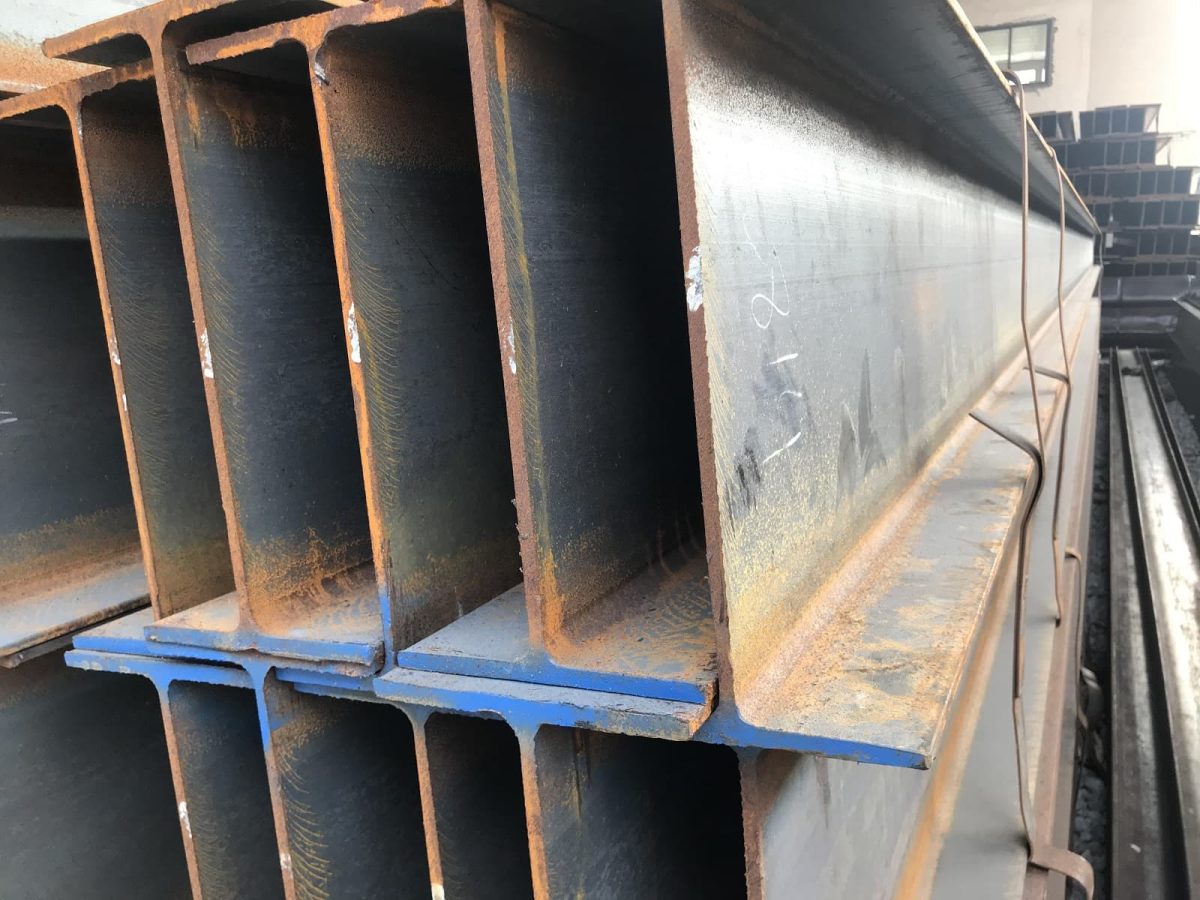
Before choosing to use high-frequency welded H-shaped steel for construction, many people are concerned about the cost.
Coupled with the fact that steel structures themselves are more expensive than other traditional structures, everyone is more concerned about this issue.
The following is an introduction to the relationship between the cost of H-shaped steel and steel structures.
1. High-frequency welded H-shaped steel spacing:
According to some data, under standard load conditions, the spacing between high-frequency welded H-shaped steel columns is better than 8~9m.
When it exceeds this value, the total steel content of the steel structure will increase, including but not limited to pur strips and wall frames, causing cost waste.
When the load increases, the column spacing needs to be correspondingly shortened. For equipment with a capacity of 10 tons or more, a column spacing of 6 to 7 meters is better.
If unequal column spacing needs to be used due to special reasons, then the shorter sides should be on both sides than in the middle.
2. Steel structure span
When the height of high-frequency welded H-shaped steel columns and load are fixed, the span within the range can be increased, which not only reduces costs but also makes the space spacious, resulting in rich overall returns.
However, this should be done under reasonable conditions. Do not overstretch the span and cause overall imbalance of the steel structure.
3. Roof slope
According to data, different roof slopes will affect the amount of steel used.
For single-span steel frames, you can choose to increase the roof slope to reduce the amount of steel used, while for multi-span steel frames, cost savings must be achieved in the opposite way.
Generally speaking, there are many factors that affect the cost of steel structures. In order to save costs, we can focus on the overall effect from the beginning of the design process.
There are too many factors that affect the price of steel, and there are too many uncontrollable factors to give you a specific answer.
The main factors affecting the price of steel are as follows:
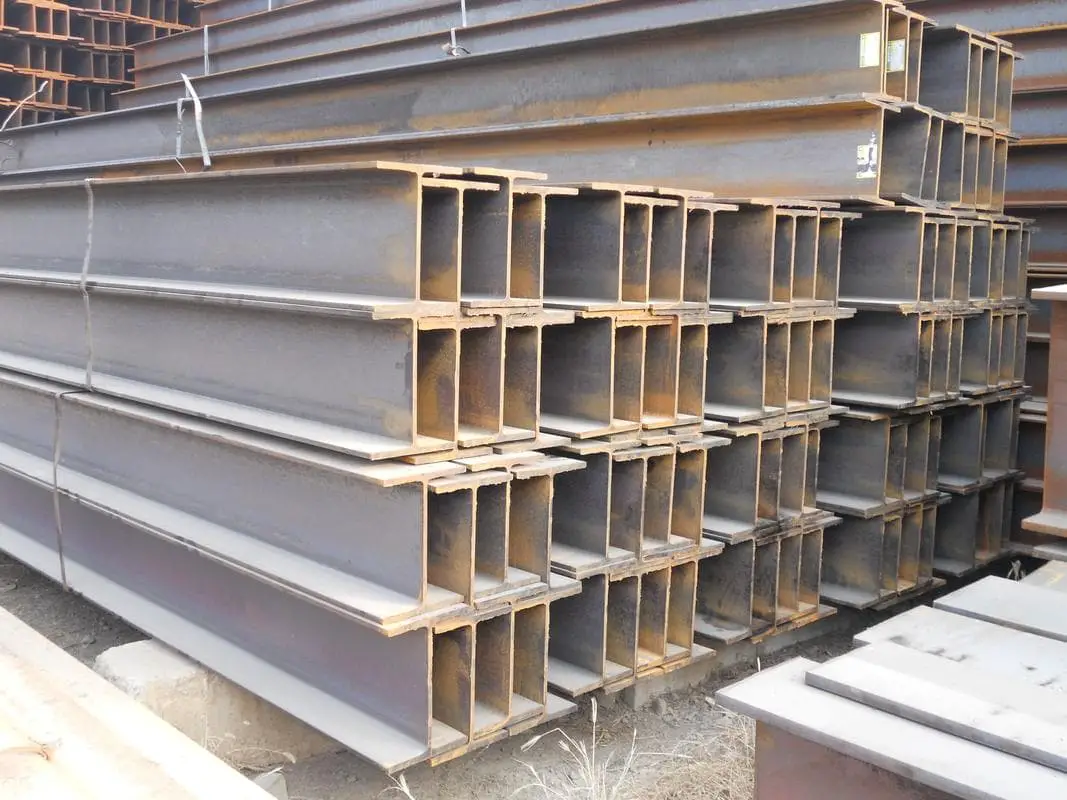
1. Differences in raw material costs
The price of steel reflects its value. “You get what you pay for” applies to all products. All products have costs, and the cost of low-priced steel will not be too high. Low cost means no guarantee of quality.
Can you continue to do business selling steel without quality assurance?
2. Different brands
If we want to do good business, we must choose steel with moderate prices, unique products, and guaranteed quality.
3. Different times
Time also affects the price of steel. For example, during holidays and events, the price will be relatively cheaper than usual. If you are not in a hurry, you might as well wait until the holidays to buy.
We all know that the more you buy, the greater the discount, so this is also an aspect that affects the price of steel!
4. Coating and surface treatment
We know that using different coatings and surface treatments will result in different production costs for steel, and naturally different prices.
5. Size
This is easy to understand. Different sizes of steel, such as length, width, height, and thickness, have different costs per unit length.
6. Import and export tariffs
Import and export tariffs will change with market conditions, so import and export tariffs at different times are different, and therefore the price of steel is also different.
7. Transportation
Using different transportation methods and distances will result in different transportation costs for steel, and ultimately the price of steel will be affected.
The longer the distance, the higher the cost.
What details should be noticed when purchasing steel?
1. Steel is currently widely used and brings great convenience to many production and life activities.
Of course, in order to ensure its use value, quality control must be strictly enforced during the selection process.
In order to avoid choosing inferior steel products, two details cannot be ignored.
2. Two details that cannot be ignored when purchasing steel:
1) Surface of the steel.
High-quality steel surfaces are like mirrors, with no sense of particles, unevenness, or scratches.
The smoother the surface of the steel, the more pure the material used; otherwise, it indicates that the material contains more impurities and should not be purchased to avoid unnecessary trouble during use.
2) Thickness.
The selection of steel must be based on actual usage requirements since the thickness of steel affects its load-bearing capacity. If used in large buildings, thicker and better load-bearing steel should be selected, otherwise accidents may occur due to the steel being too thin.
In order to ensure the quality and safety of steel usage, the above two points are key factors that cannot be ignored when purchasing steel.
It is hoped that consumers can understand and ensure the selection of suitable steel products.
Steel is widely used in construction projects, with high quality requirements and unit prices, making steel procurement an important part of enterprise procurement management. Steel procurement directly affects the cost, quality and progress of the project.
Therefore, for steel procurement personnel, it is particularly important to understand what pitfalls should be noted in steel procurement.
Steel price information:
Always pay attention to steel price information. Steel prices often fluctuate and only by keeping a close eye on price trends can procurement costs be reasonably reduced.
Based on the urgent demand for products, choose spot or futures trading. Generally, futures prices are cheaper than spot prices.
Choice of supplier:
The choice of supplier should consider factors such as delivery time, payment terms, price, and supplier credibility.
Some may have low prices, but no credit terms or long delivery times; others may have higher prices, but shorter delivery times or credit terms. From a practical perspective, it is best to choose a supplier with its own logistics system.
Weight calculation:
Steel weight calculation methods include theoretical weight calculation and actual weighing methods. Procurement personnel should master these calculation methods, and weight deviations should not exceed 5%.
Steel procurement contract:
The steel procurement contract should clearly specify the quality standard, specification parameters, quantity, measurement, payment method, acceptance criteria, delivery time, breach of contract responsibilities and other terms.
Steel product inspection:
Steel structure engineering inspection focuses on the appearance, specifications, quality, quantity or weight, warranty certificate, etc., of the steel structure.
In general, the cost of steel sections is influenced by various factors, including the type, size, and market demand of the sections.
However, due to their high strength, durability, versatility, and other characteristics, steel sections are still a popular choice in the field of construction and structural applications.
It’s important to not only consider the initial cost of the steel sections but also their long-term benefits, such as reducing maintenance costs and improving safety.
With proper planning and budgeting, steel sections can be a wise investment for any building project.

